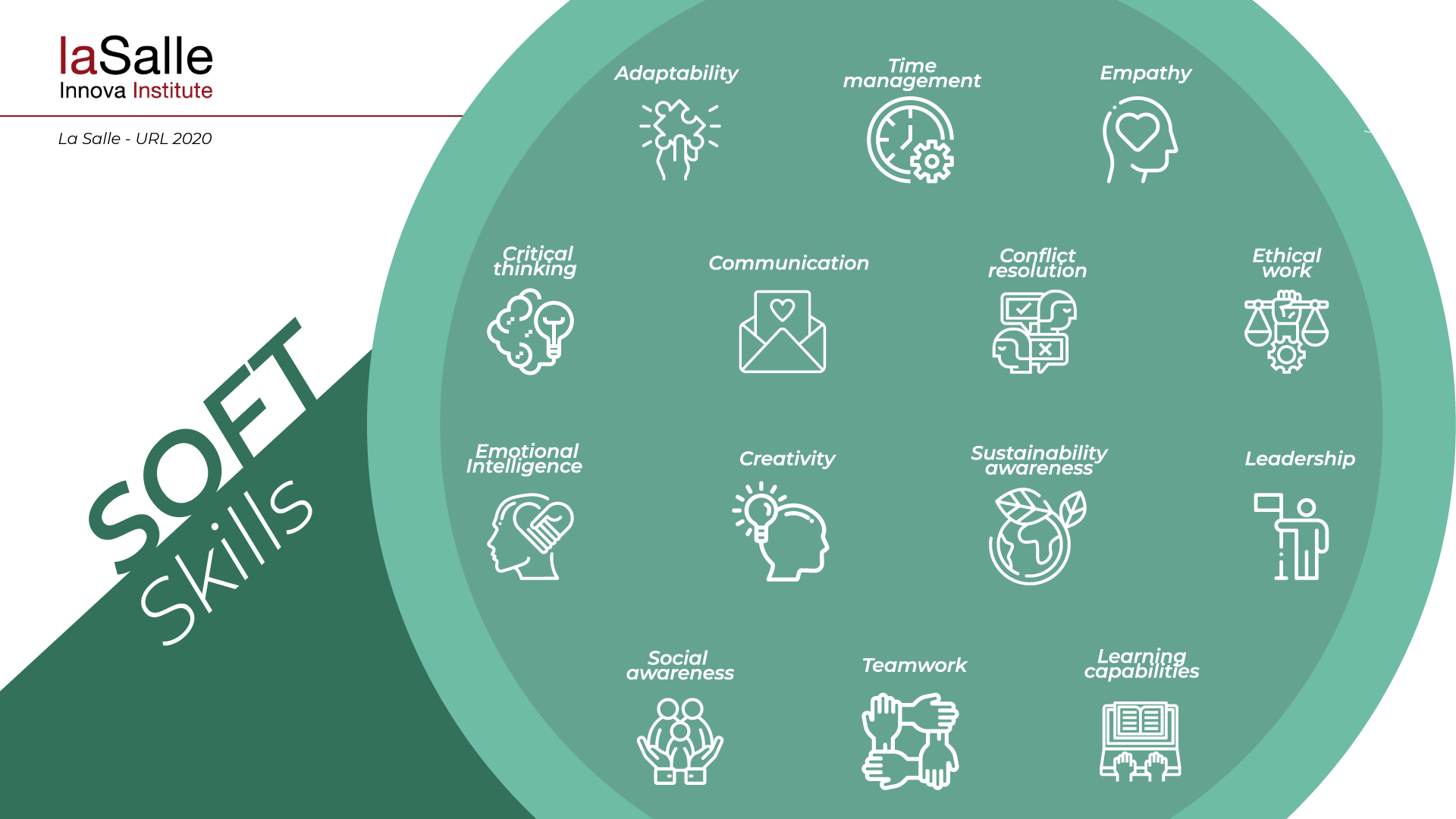How to search academic articles in Google Scholar
En el artículo de hoy me centraré más en el funcionamiento de Google Scholar y en concreto en cómo utilizarlo para buscar artículos académicos. Te interesa especialmente si eres un estudiante de grado o de máster, o bien si realizas investigación académica. Si no conoces esta herramienta, por favor, empieza la secuéncia de artículos por este: What is Google Scholar and what is it for?
Estrategias de búsqueda avanzada
Las estrategias de búsqueda avanzada en Google Scholar te permiten encontrar artículos académicos más relevantes y específicos. Una técnica básica pero efectiva es el uso de comillas para buscar frases exactas, lo que asegura que los resultados contengan la combinación específica de palabras que buscas, como por ejemplo “sostenibilidad en Turismo”. Además, los operadores booleanos son herramientas muy útiles: el operador AND asegura que los resultados contengan todas las palabras clave especificadas, mientras que el operador OR busca resultados que contengan cualquiera de las palabras clave. Por otro lado, el operador NOT excluye palabras clave de los resultados, permitiendo una mayor precisión en las búsquedas.
Cómo utilizar filtros y opciones de búsqueda
Otra estrategia importante es el filtrado por año, que te permite restringir los resultados a artículos publicados en un rango de años específico. En la barra lateral izquierda de Google Scholar, puedes seleccionar “Since [año]” para buscar artículos publicados desde ese año o usar el enlace “Custom range…” para especificar un rango de años. Además, si deseas que las palabras clave aparezcan en el título del artículo, puedes utilizar el operador “intitle”, lo cual es particularmente útil para obtener resultados más relevantes y focalizados.
Buscar artículos de un autor específico es sencillo con el operador “author”. Esto te permite centrarte en las publicaciones de un investigador determinado. De manera similar, si deseas buscar en una revista o conferencia específica, el operador “source” te será de gran ayuda. Estas estrategias permiten afinar las búsquedas y dirigirte directamente a las fuentes que más te interesan.
Filtrando sin operadores avanzados
Google Scholar también ofrece una interfaz de búsqueda avanzada accesible a través del menú de hamburguesa (tres líneas horizontales) en la esquina superior izquierda. En esta sección puedes especificar palabras exactas, frases exactas, palabras que deben excluirse, autores específicos y rangos de fechas, todo sin necesidad de escribir los operadores manualmente. Además, para seguir investigaciones citadas frecuentemente, puedes hacer clic en “Cited by [número]” debajo de un artículo para ver otros trabajos que han citado ese artículo.
Mantente al día en tu campo de investigación
Otra funcionalidad útil es la configuración de alertas en Google Scholar, que te permite recibir notificaciones por correo electrónico sobre nuevos artículos que coincidan con tus criterios de búsqueda. Para crear una alerta, haz clic en “Create alert” en la barra lateral izquierda después de realizar una búsqueda.
Ejemplo de búsqueda avanzada
Por último, un ejemplo de búsqueda avanzada combinada podría ser encontrar artículos sobre los impactos del cambio climático en la política publicados entre 2015 y 2020 utilizando una búsqueda como: “climate change impact” AND policy intitle:”climate change” since:2015 until:2020.
Aplicando estas estrategias de búsqueda avanzada, puedes mejorar significativamente la precisión y relevancia de tus resultados en Google Scholar. Esto te permitirá encontrar literatura académica más específica y útil para tus necesidades de investigación, optimizando así tu tiempo y esfuerzo en el proceso de búsqueda.
If you were interested in this article and want to read other articles that I have published on Google Scholar, here is the list:
- What is Google Scholar and what is it for?
- How to create and manage a profile on Google Scholar
- How to index an academic digital library in Google Scholar
- The Google Scholar algorithm
- Google Scholar Metrics
If you are a scientific organization and are having problems with indexing in Google Scholar, please contact me and I will see how I can help you.





